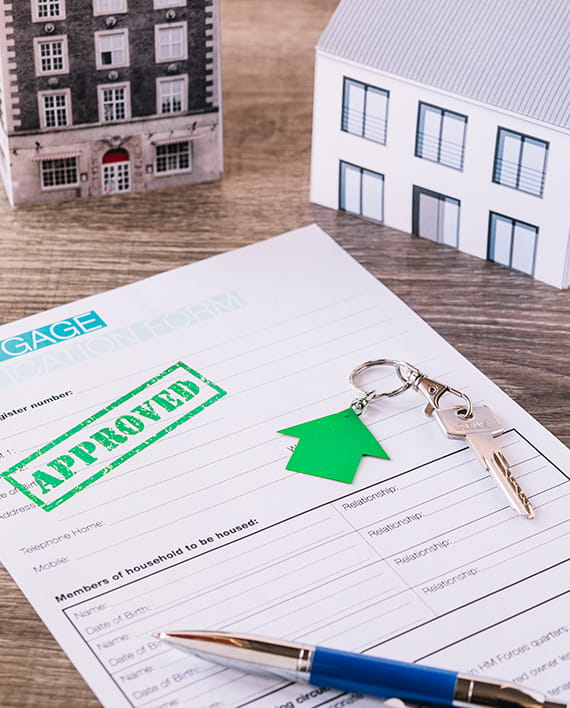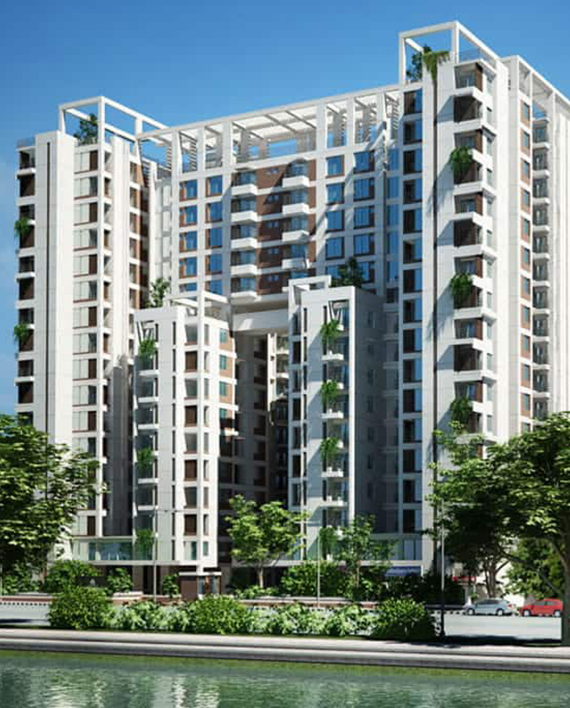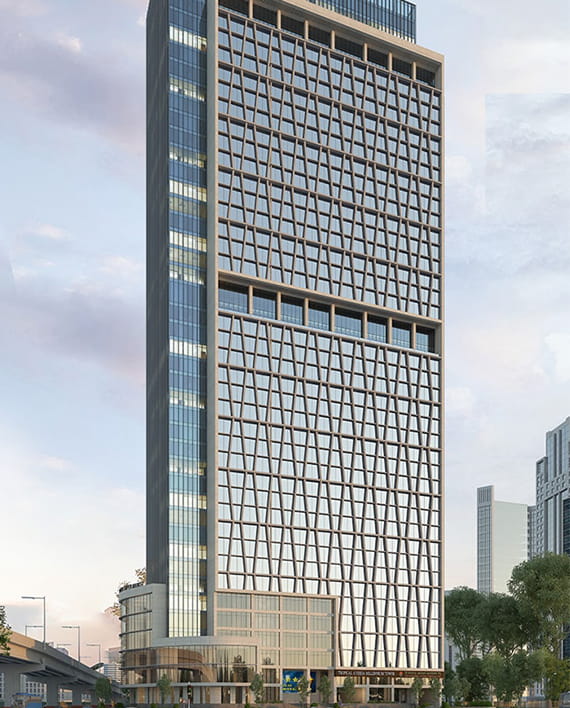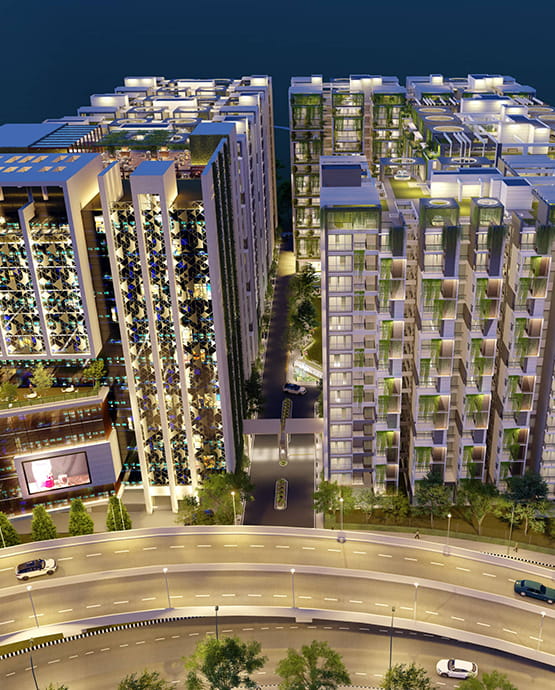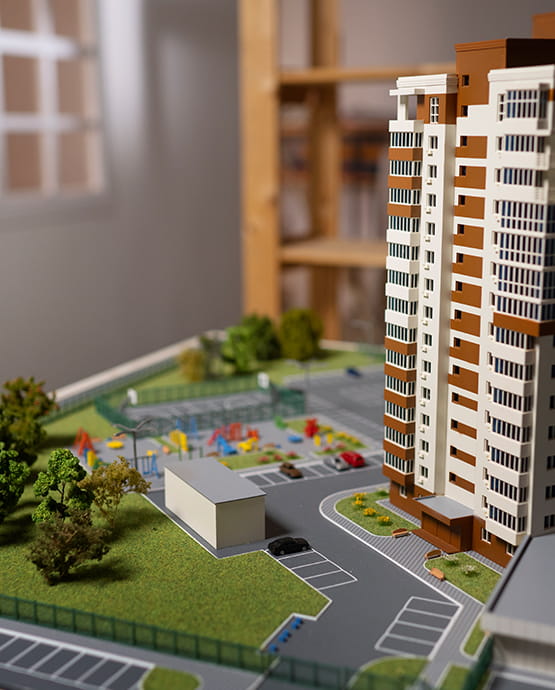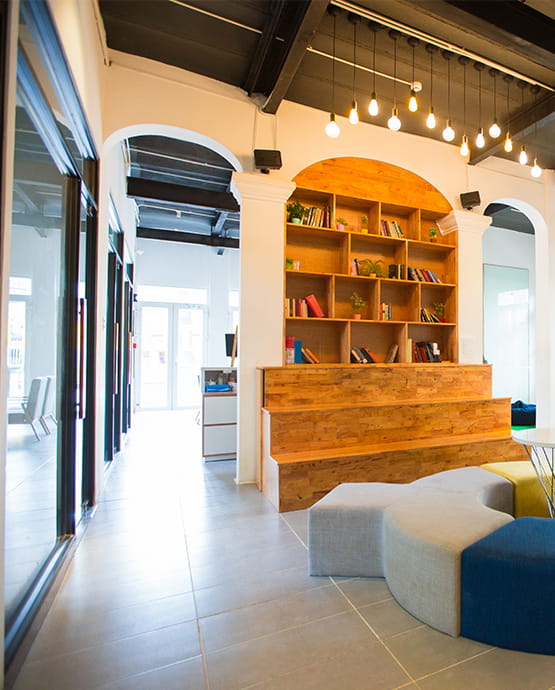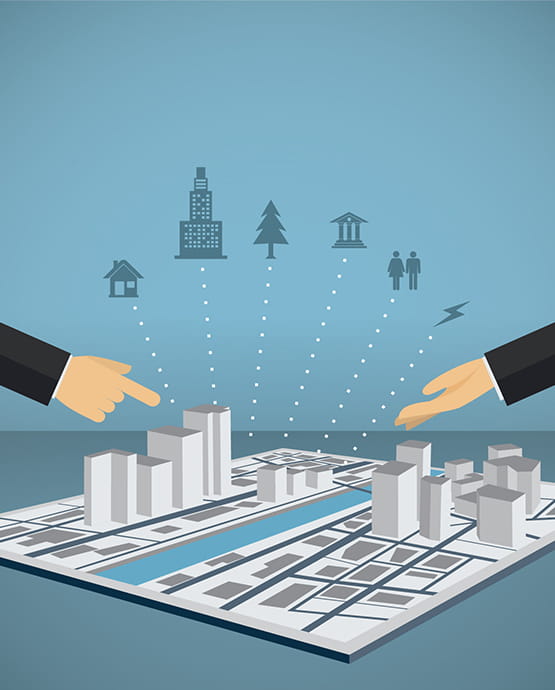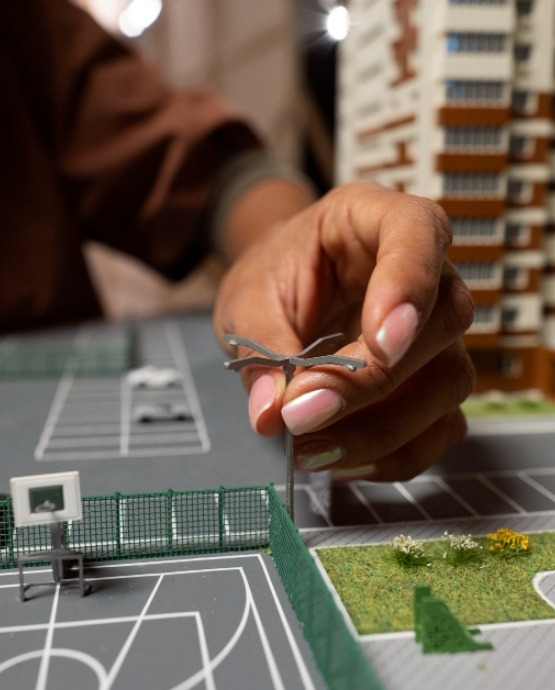5 Benefits of Green Building in Bangladesh
- Dec 9, 2023
- Posted by: Tropical Homes
- Category: blog
The increase in demand for green construction strategies has become an urgent need for greater change. Using sustainable design concepts is more than just an architectural trend; it’s an expression of every developer’s dedication to conserving our planet while altering how we connect with our construction techniques.
Green construction is more than just creating structures; it is a comprehensive strategy that reaps several advantages that go beyond environmental preservation – catering not just to the planet but also to people who live here.
In this blog post, we will list 5 benefits of why every developer should choose green building and construction approaches. Also know how it might preserve future generations.
What is the Concept of Green Building?

Green building, often known as environmentally aware construction, represents a comprehensive strategy. It incorporates intelligent planning, thorough design, environmentally responsible construction processes, efficient operation, attentive maintenance, conscious renovations, and respectful demolition procedures throughout the life cycle of a structure.
The primary goal of green construction is to reduce or eliminate negative environmental footprints connected with structures while also encouraging good results. Conserving resources and implementing sustainable methods not only protects our world but also raises our level of living.
What is the Concept of Green Building?
Buildings account for roughly 40% of worldwide energy-related carbon dioxide emissions, thus ensuring their environmental efficiency is critical.
But what do these phrases actually mean?
The terms “green” and “sustainable” are not interchangeable. “Green” refers to ecologically friendly structures and activities, whereas “sustainable” refers to certifications such as Leadership in Energy and Environmental Design (LEED).
A “resilient” construction, on the other hand, is designed to withstand natural disasters, a growing worry given projections of increased storm strength due to global warming.
Let’s Look at the 5 Benefits
A “resilient” construction, on the other hand, is designed to withstand natural disasters, a growing worry given projections of increased storm strength due to global warming.

1. Healthier & Cleaner Indoor Environment
Enhancing indoor environmental quality is a primary objective in several building grading systems.
-
Avoiding building materials that offgas large quantities of chemicals.
-
Using ventilation systems that go above and beyond standard criteria to provide a constant flow of fresh outside air.
-
Strict no-smoking restrictions are being implemented indoors and around access points.
The link between human health and indoor air quality is especially obvious in cities, where we spend most of our time inside our homes.
2. Cost-Effective & Influences Economic Benefits
Conserving the environment helps not just the earth but also the individual. It has several economic benefits, including decreased operating expenditures, higher occupant productivity, and cheaper utility bills for tenants.
It also increases returns on assets and earnings by lowering operational expenses. Finally, green buildings need fewer maintenance expenses due to the use of sustainable materials, which increases property value.
3. Green Buildings Get Better with Time
Green buildings have shown to be more energy efficient and cost effective over time. Furthermore, they provide greater advantages to both the environment and the people.
Superior materials and a well-designed building structure are often used in these projects, preventing water penetration and preserving energy.
This results in a cascade of benefits. Such structures, for example, are less prone to envelope breaches that result in mold issues, protecting the building’s integrity and preserving good indoor air quality.
4. Competitive Edge
Green buildings appeal to landowners and consumers as well as environmentalists. The attraction of lower electricity costs and higher air quality serve as appealing selling incentives, frequently convincing buyers or landowners to sign the contract.
5. Minimized Waste in Green Buildings
Waste reduction is an essential component in green construction methods, with the goal of reducing waste while maintaining quality standards.
Many projects use innovative layouts that limit material waste, such as exposed structures that eliminate the need for finishing materials like drywall. Furthermore, these projects usually recycle leftover resources in order to improve overall material efficiency.
Also, as compared to non-sustainable alternatives, the production procedures for sustainable materials are less wasteful and ecologically damaging.
Conclusion
By assessing current tactics, allocating dedicated budgets, and incorporating sustainability into responsibilities, developers may secure long-term projects. However, it is critical to establish defined sustainability guidelines in advance, taking into account materials, procedures, and energy sources.
Green building is distinguished by the use of sustainable materials, even if just in part. Developers can modify ongoing projects by using change orders to replace regular materials with eco-friendly alternatives. Thus, considering choosing a real estate partner, such as Tropical Homes, who are devoted to sustainability improves the project’s overall environmental friendliness.




